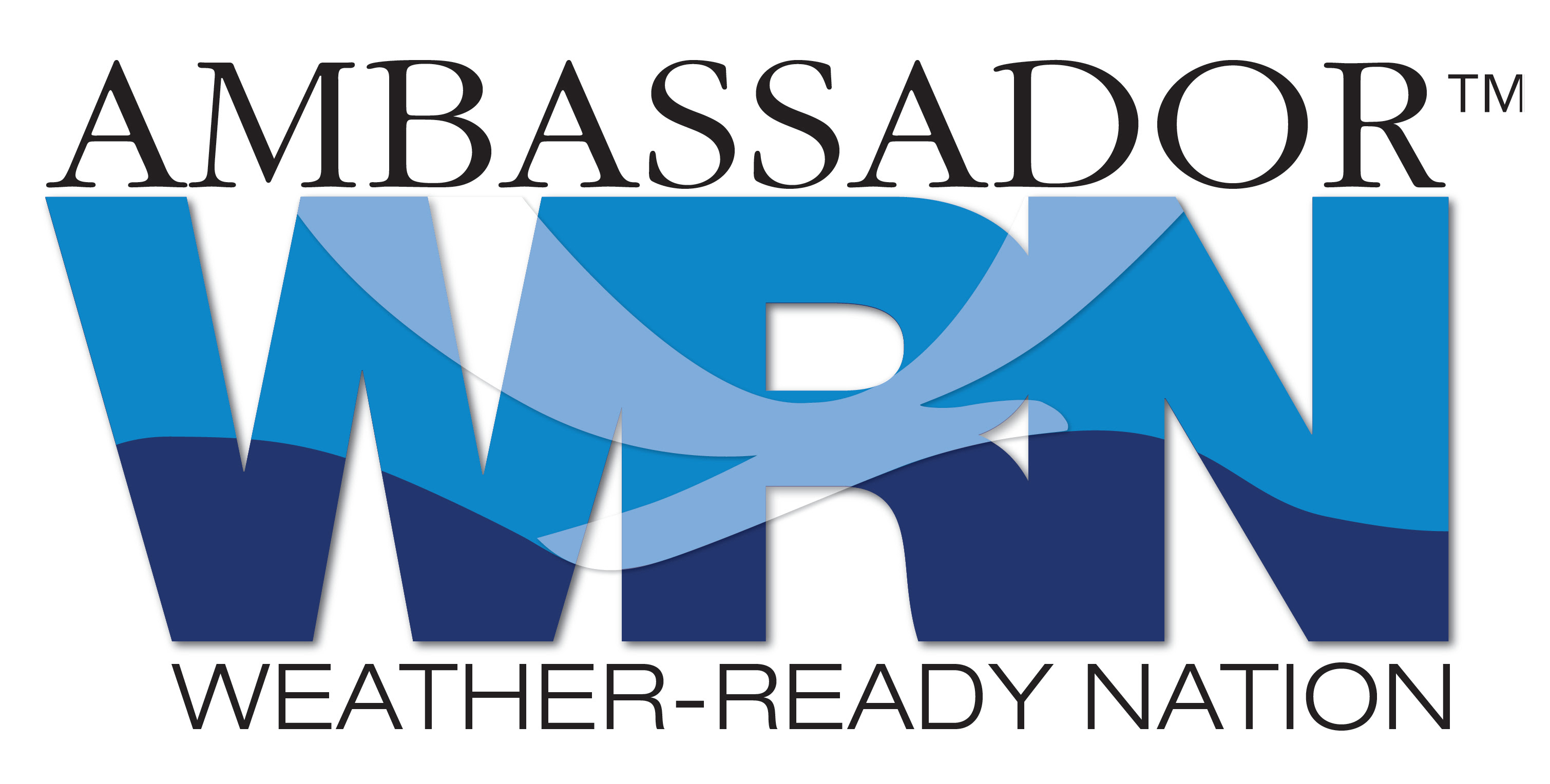Emergency Management
PLAN. PREPARE. EDUCATE.
Emergency management maintains, coordinates, and supports the planning, training, and exercises to prepare the University in the event of natural disasters or human-caused emergencies.
Be Prepared
Be Aware
Be Trained
Stay Informed

Emergency Management has been designated as a NOAA Weather-Ready Nation AmbassadorTM . The Weather-Ready Nation Ambassador initiative is an effort to formally recognize NOAA partners who are improving the nation’s readiness against extreme weather, water, and climate events. As a Weather-Ready Nation Ambassador, EM is committed to work with NOAA and other Ambassadors to strengthen national resilience against extreme weather.

